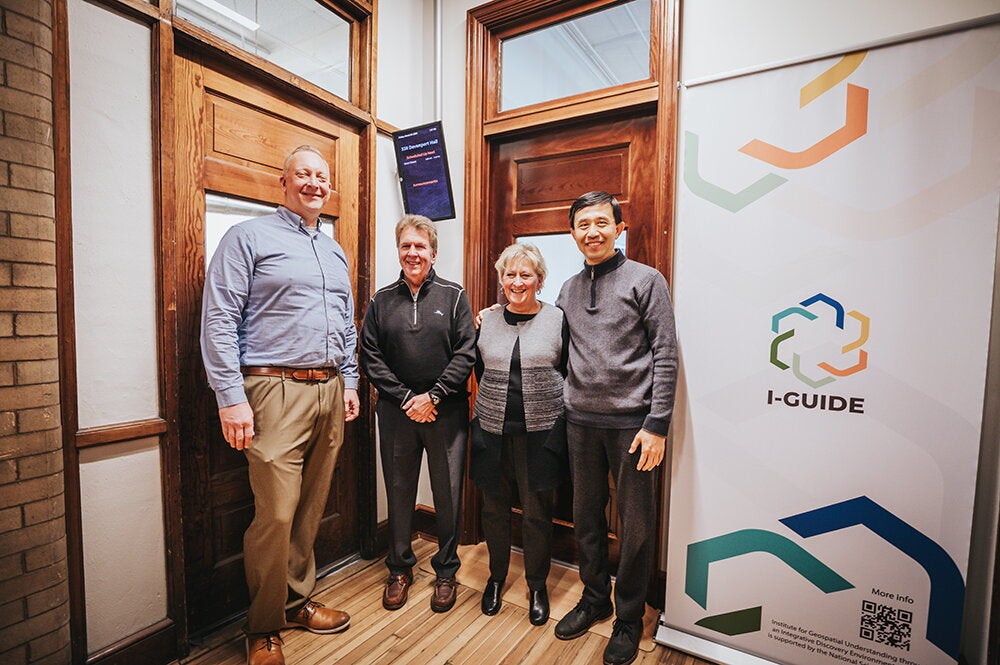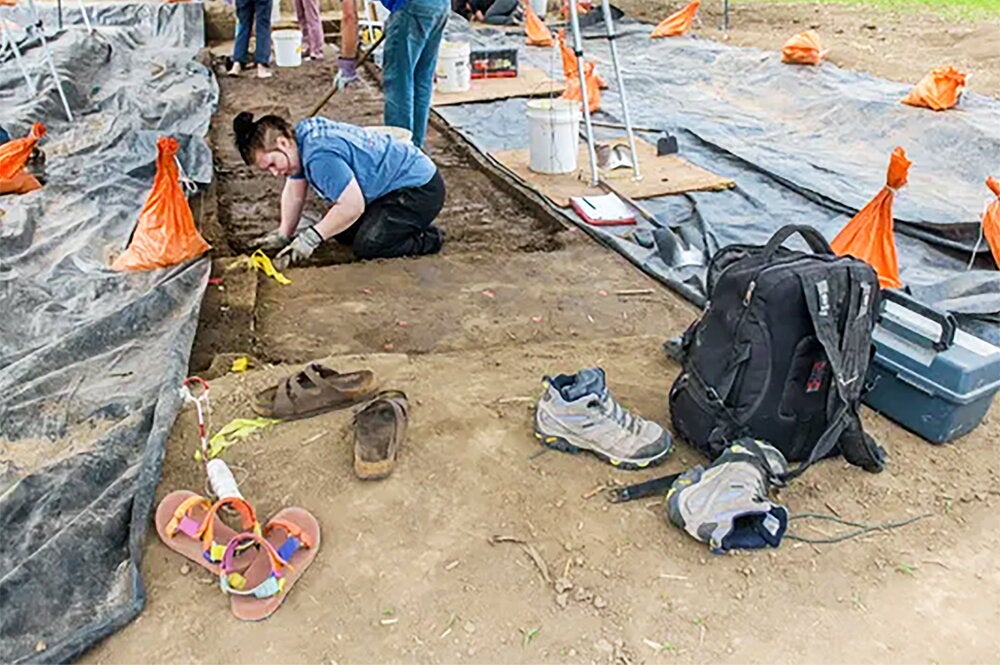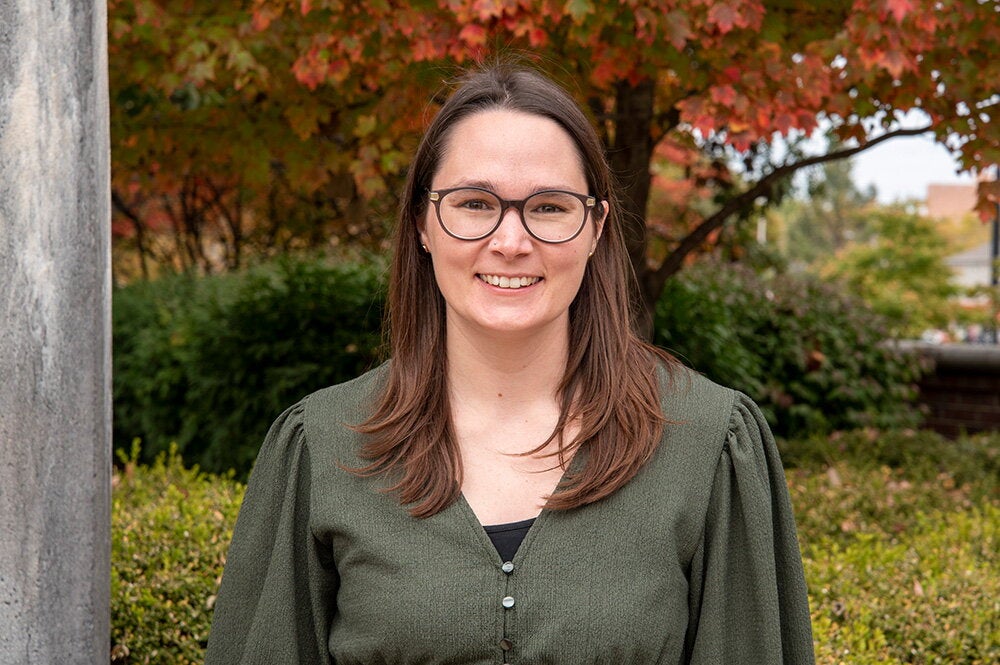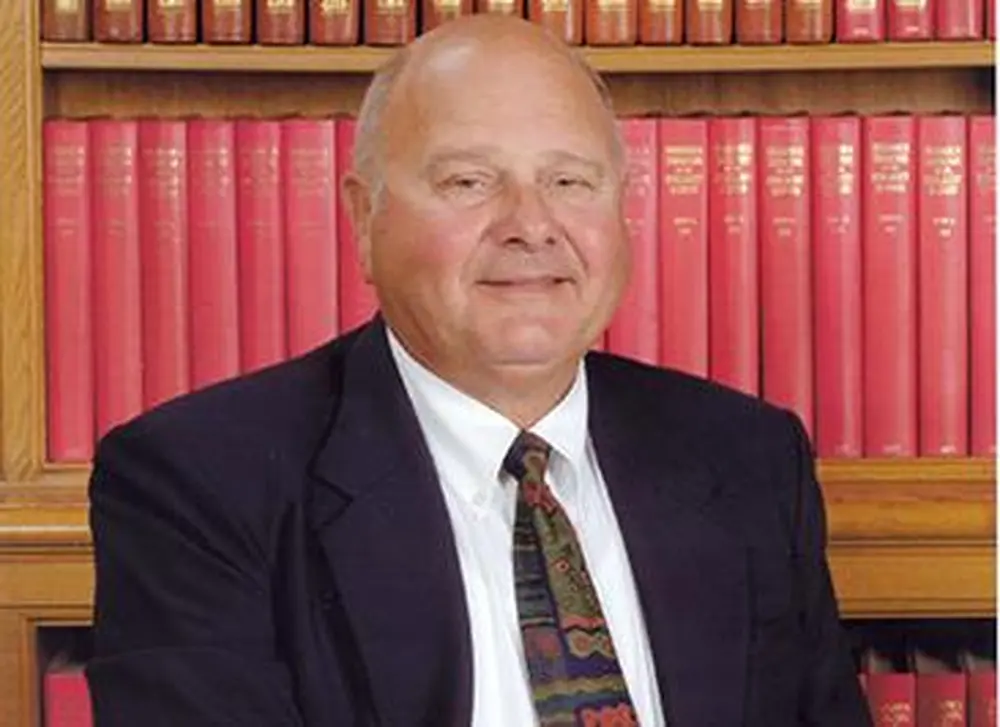
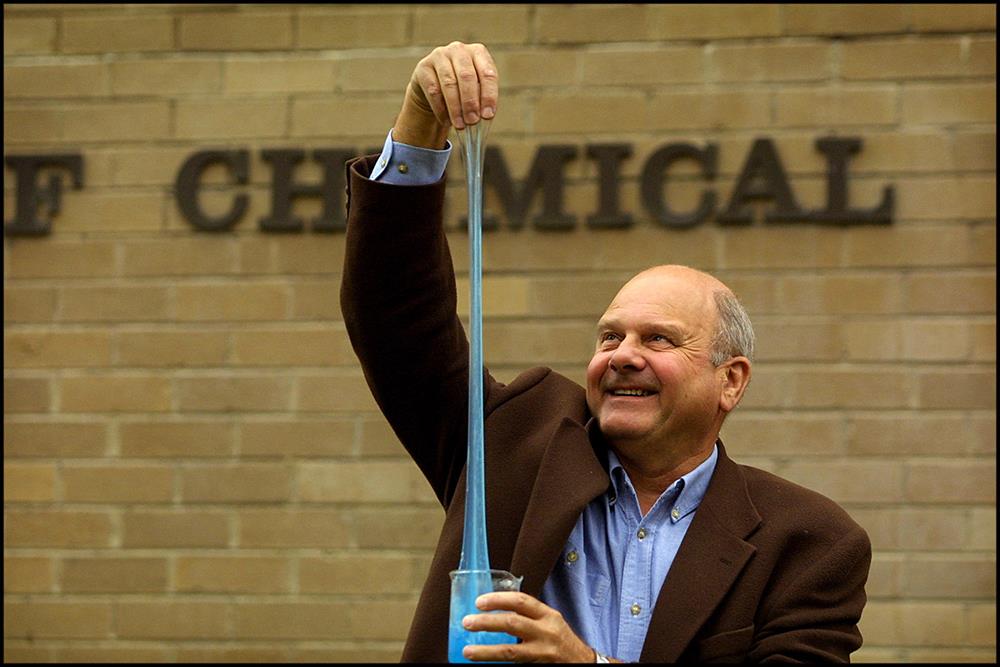
When a mine tailings dam burst in Brazil in November of 2015, it unleashed a wave of toxic red mud that traveled 55 miles to the sea, wiping out villages along the way and killing 17 people.
A tailings dam stores wastes from mining operations, and there are at least two major failures of these dams every year, said David Boger (MS, '64; PhD, '66, chemical engineering). Boger has built his career studying the flow of liquids, and he has done the basic science behind innovative ways to store toxic tailings dam waste safely, going a long way to preventing similar disasters around the world.
Boger is a worldwide leader in rheology, the science of the movement of fluids, and a landmark fluid he developed even carries his name—Boger Fluids. For a career dedicated to safety and science, he has earned a 2017 College of LAS Alumni Achievement Award.
Boger spent his entire career working in Australia, but he grew up in Kutztown, Pennsylvania, where he was much more interested in sports—basketball, baseball, and soccer—than science.
“I grew up in a small town and was lucky if I ever met a chemical engineer,” he said .
However, Boger was good in chemistry, so a high school teacher advised him to go into chemical engineering, which he did at Bucknell University. He went on to receive his master’s in 1964 and his doctoral degree in 1966, both from Illinois. At that time, he said the employment situation for chemical engineers “was perhaps the best it’s ever been,” and he received job offers from all of the companies at which he had applied.
With so many options before him, Boger said, “People thought I was crazy” when he chose to take a position as a professor on the other side of the world at Monash University on the outskirts of Melbourne, Australia.
“I thought Australia might just be the last English-speaking frontier, so I went,” he said . It was a dreamland for an outdoorsman like Boger, who describes himself as a “fanatical fisherman.” He also did a lot of hiking in the mountains on the east coast of Australia, where he and a friend from New Zealand “would just walk into nowhere.”
Monash was a new university when he started there, and it had excellent resources for studying rheology, so that’s what Boger wound up researching, even though he didn’t know anything about it initially.
At the time, he said, some of the scientists in rheology were predicting the movement of fluids that no one could observe, while others were observing things that no one could predict.
“So I naively believed we could bridge the gap between the two groups,” he said.
This led him to develop what became known as Boger Fluids, which flow like liquids but also behave like an elastic solid, depending on how stress is applied to the fluid. Boger Fluids, which he developed in the mid 1970s, successfully bridged the gap, becoming a model system for studying the complex flow behavior of solid-like fluids and profoundly impacting the fields of fluid mechanics and rheology.
“Of course, I was lucky enough to have someone famous pick up on this fluid and give it my name,” he said , referring to Ken Walters, a renowned research professor in rheology. “Once something is named after you, they think you’re important.”
Boger left Monash University for the University of Melbourne in 1982 but continued to work in rheology. Meanwhile, friends at Imperial Chemical Industries recommended that he work with the Alcoa Corporation in tackling the problem of red mud. In western Australia, Alcoa was processing bauxite into alumina, which created red mud that they stored in tailings dams—huge aboveground lagoons. However, tailings dams were known to leak and, in catastrophic situations, sometimes failed.
Boger’s team did the basic science behind a system in which the red mud was dewatered. After dewatering, the paste-like material was pumped through a pipeline and spread out on the ground to dry—rather than being stored in liquid form in a dam. This process not only was safer and more environmentally friendly, but it saved Alcoa millions of dollars because it allowed them to recover sodium hydroxide, a reagent.
However, not all mining operations are trying to recover such things as sodium hydroxide, so for them there is less economic incentive to use the dry-stacking approach for toxic waste. Therefore, even though the science and technology is there to minimize the problem of dam failures, the question is who will pay. That’s why the risk of tailings dam disasters continues.
Boger also served as a consultant for BHP, the largest mining company in the world, and this work has taken him to many exotic places, such as Papau New Guinea, where he also found time for fishing in Lake Murray, landing his biggest fish ever—a New Guinea black bass weighing 42 pounds.
Boger has been lauded with all types of awards, one of them being Australia’s prestigious Prime Minister’s Prize. In addition, he is proud of becoming, in 2005, a Fellow of the Royal Society in England, an organization that goes back over 300 years. Most recently, in 2017, he was inducted into the National Academy of Engineering in the United States.
Boger is now retired, although it took three tries to do it. His first retirement came in 2007, but the University of Melbourne convinced him to return. He then retired for a second time in 2009, but it was Monash University’s turn to lure him back to work, and he stayed until his third and final retirement in 2015.
But his consulting work has continued because he sometimes still testifies in court cases concerning tailings dams in the United States, Australia, and Canada.
Tailings dams stir up a lot of political controversy over who pays for damages and how to prevent disasters, as well as questions about accounting practices and environmental issues. But Boger sees his role as purely scientific.
As he puts it, “I just put the facts out there and say, ‘Come on, guys, we should do a better job.’”
